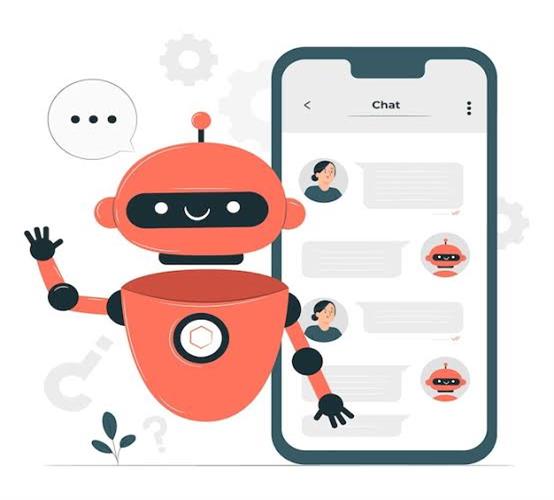Chatbots are computer programs designed to simulate conversation with human users. They utilize a combination of artificial intelligence (AI), natural language processing (NLP), and machine learning (ML) techniques to understand and respond to user queries or requests in a conversational manner. Chatbots can be implemented in various platforms, including websites, messaging apps, voice assistants, and customer service systems.

The underlying technology of chatbots involves several key components. First, NLP enables the chatbot to understand and interpret human language. It involves tasks like text tokenization, syntactic analysis, semantic understanding, and entity recognition. NLP allows the chatbot to extract meaning from user inputs, identify intents, and generate appropriate responses.
Machine learning plays a significant role in chatbot development. ML algorithms are trained on large datasets containing user interactions and responses to learn patterns and generate accurate predictions. The chatbot's training data consists of pairs of user inputs and corresponding desired outputs, allowing it to generalize and respond appropriately to similar queries in the future. Reinforcement learning techniques can also be employed to enable the chatbot to learn from user feedback and improve its responses over time.
Chatbots have a wide range of potential uses across various industries and applications. In customer service, they can provide instant support and address frequently asked questions, freeing up human agents to handle more complex issues. Chatbots can also assist with lead generation, sales, and marketing by engaging users, providing product recommendations, and assisting with purchasing decisions.
In the healthcare sector, chatbots can act as virtual assistants, providing information about symptoms, common illnesses, and first-aid procedures. They can help users assess their health conditions, schedule appointments, and offer guidance on when to seek medical attention. Mental health chatbots have also emerged, providing emotional support and resources for individuals struggling with anxiety, depression, or stress.
Education is another area where chatbots can be beneficial. They can serve as virtual tutors, offering personalized learning experiences, answering questions, and providing explanations. Chatbots can also facilitate language learning, test preparation, and knowledge retention by engaging students in interactive conversations and quizzes.
Furthermore, chatbots have applications in the financial sector, where they can assist with banking transactions, provide account information, and offer financial advice. In e-commerce, chatbots can guide customers through the buying process, answer product inquiries, and provide personalized recommendations based on user preferences.
Overall, chatbots offer the advantages of scalability, 24/7 availability, and consistent performance. They can handle a high volume of requests simultaneously, ensuring prompt and accurate responses. Chatbots also provide cost-efficiency by reducing the need for human resources in repetitive and routine tasks. However, it is important to strike a balance between automation and human interaction, as some complex or sensitive inquiries may still require the intervention of human experts.
In conclusion, chatbots leverage AI, NLP, and ML technologies to simulate human-like conversations with users. Their potential uses span across multiple industries, including customer service, healthcare, education, finance, and e-commerce. By automating tasks, providing instant support, and enhancing user experiences, chatbots contribute to improved efficiency, accessibility, and customer satisfaction.